Ingredients
| Each vegetable capsule contains: | |
| Vitamin C (from calcium ascorbate, magnesium ascorbate, potassium ascorbate, sodium ascorbate, ascorbyl palmitate, zinc ascorbate, manganese ascorbate, and ascorbic acid) | 527 mg |
| Calcium (from calcium ascorbate) | 24 mg |
| Magnesium (from magnesium ascorbate) | 17.5 mg |
| Zinc (from zinc ascorbate) | 9 mg |
| Manganese (from manganese ascorbate) | 1.56 mg |
| Selenium (from l-selenomethionine) | 15 mcg |
| Citrus bioflavonoids, 50% hesperidin | 20 mg |
| Quercetin | 20 mg |
| Rutin (Styphnolobium japonicum) | 20 mg |
| Green tea (Camellia sinensis) leaf extract, 75% EGCG | 30 mg |
| Japanese knotweed (Fallopia japonica), 50% resveratrol | 10 mg |
| Blend of berry extract, 20% multianthocyanidins | 25 mg |
| Bilberry extract (Vaccinium myrtillus), 25% anthocyanidins | 10 mg |
| Grape (Vitis vinifera) seed extract, 95% proanthocyanidins | 20 mg |
| Cranberry (Vaccinium macrocarpon) 107× | 20 mg |
| Black pepper (Piper nigrum), 95% piperine | 1 mg |
| Bromelain (stem bromelain from Ananas comosus) 2400 GDU/g [5 mg] | 180,000 FCC PU |
| Papain (Carica papaya) [0.5 mg] | 50,000 FCC PU |
| Also contains: Maltodextrin (used in the manufacture of powder extracts). | |
Suggested Use
Detailed Description
Vitamin C8 delivers a more complete vitamin C supplement. Vitamin C8 is an antioxidant that comes in many different forms and claims regarding its effectiveness and bioavailability. Vitamin C8 uses a number of different buffered sources in order to provide you with the most versatile vitamin C supplement available.
Not all vitamin C products are created equal — For your body to truly get all the benefits of vitamin C, it needs to get it from more than one source. Vitamin C8 combines calcium, magnesium, potassium, zinc, manganese, selenium, and sodium mineral ascorbates with ascorbyl palmitate, to provide a full spectrum of powerful antioxidant benefits. Only Vitamin C8 offers eight assisted pathways of absorption and retention for 24 hours or more. Vitamin C8 does even more for your health. Vitamin C8 helps enhance your immune strength, provides a good source of electrolytes, and replenishes your energy before or after workouts. Plus it offers the protection of three cups worth of green tea per capsule!
What makes Vitamin C8 great?
Vitamin C8 is formulated with minerals bonded with vitamin C, a superior form called ascorbates.
Calcium ascorbate is a natural form of vitamin C, which is much more readily absorbed in the bloodstream than other forms of calcium. Importantly, calcium is coupled with vitamin C to deliver the benefits of both calcium and vitamin C.
Magnesium ascorbate, which provides both magnesium and vitamin C, appears to be a unique and promising product, in that both the components have the potential to reduce the risk of cardiovascular disease. Magnesium is the fourth most–abundant mineral in the body. It is essential to build the bones and teeth and numerous metabolic functions. Magnesium ascorbate is a neutral salt having significantly higher gastrointestinal tolerance.
Potassium ascorbate — Potassium is an essential dietary mineral that is also known as an electrolyte. The term “electrolyte” refers to a substance that dissociates into ions (charged particles) in solution, making it capable of conducting electricity. The normal functioning of our bodies depends on the tight regulation of potassium concentrations, both inside and outside of cells.
Manganese ascorbate — Manganese is important in the breakdown of amino acids and the production of energy. It activates various enzymes for proper digestion and utilization of foods. Manganese also helps nourish the nerves and brain, and is necessary for normal skeletal development.
Selenium ascorbate helps boost the immune system and protect cells against the effects of free radicals. Some studies suggest that selenium may reduce the risk of breast, prostate, liver, lung, and skin disease.
Zinc ascorbate — Zinc is a component of the enzymes involved in most major metabolic pathways in human and animal nutrition, with a wide range of biological roles. Zinc plays catalytic, structural, and regulatory roles in more than 200 zinc metalloenzymes that have been identified in biological systems. These enzymes are involved in nucleic acid and protein metabolism, as well as the production of energy, among other things. Zinc plays structural roles in so-called zinc fingers; these are exploited by transcription factors for interacting with DNA and regulating the activity of genes. Another structural role of zinc is in the maintenance of the integrity of biological membranes, resulting in their protection against oxidative injury.
Sodium ascorbate is buffered (nonacidic) and will not contribute to gastric irritation in acid-sensitive persons. Calcium/magnesium, potassium, and manganese all play an important role, since a constant blood value of these minerals is required for a normal rhythmic heartbeat, healthy nerve transmission, and strong muscle contractions. Once a muscle contracts, calcium leaves and only then, magnesium replaces it; the muscle can then return to a relaxed state. Potassium and sodium are present not only as an electrolyte, but also as an antioxidant. A deficiency of manganese can lead to excess perspiration that contributes to premature electrolyte depletion.
Ascorbyl palmitate is a fat-soluble antioxidant. It is actually both water- and fat-soluble, allowing it to be incorporated into cell membranes. When incorporated into the cell membranes of human red blood cells, ascorbyl palmitate has been found to protect them from oxidative damage and to protect vitamin E (another fat-soluble antioxidant) from oxidation by free radicals. When taking ascorbyl palmitate orally, it becomes hydrolyzed and breaks apart into palmitate and ascorbic acid in the human digestive tract before it is absorbed. The presence of ascorbyl palmitate in Vitamin C8 contributes to the ascorbic acid content and helps protect lipid-soluble antioxidants during storage.
Nutraceuticals — Vitamin C8 provides additional antioxidant protection with the inclusion of nutraceutical extracts. These natural food sources exist in harmony with the whole foods they are derived from. While isolated sources of antioxidants offer increased potency, whole-food sources offer natural balance and synergy, and they provide us with a whole host of natural forms of minerals as well as antioxidants, antibacterial, and disease-fighting agents.
Green tea 75% EGCG — Studies in laboratories have suggested that flavonoid polyphenol-type antioxidants may lower the risk of disease developing or spreading. In these studies, the chemicals in green tea slowed the growth of blood vessels that fed tumours. They also limited the amount of estrogen that might fuel the growth of some diseased breast cells. EGCG inhibits 5-alpha reductase. Inhibitors of 5AR may be effective in the treatment of5-alpha-dihydrotestosterone–dependent abnormalities. The EGCG in green tea has been proven to prevent, inhibit, attack, or induce cell death in diseased prostate, breast, lung, mouth, stomach, and colon cells.
Multi-anthocyanidins 20%, bilberry 25%, grape seed extract 95%, and cranberry 107× extracts — Proanthocyanidins, anthocyanidins, and cyanidins are a group of bioflavonoids that have powerful antioxidant properties. These flavonoids in Vitamin C8 are derived from multiple fruit sources, including strawberry, bilberry, blueberry, grape, cherry, cranberry and elderberry. All of them serve a slightly different role in added antioxidant protection and are also included for scavenging free radicals.
Citrus bioflavonoids — Bioflavonoids are a class of water-soluble plant pigments. Vitamin C–rich fruits and vegetables, especially citrus fruits, are often rich sources of bioflavonoids as well. The effect of bioflavonoids on the bioavailability of ascorbic acid has been examined in two small studies. In one study, ascorbic acid given in a natural citrus extract containing bioflavonoids (in the ratio of bioflavonoids to ascorbic acid of 4:1), proteins, and carbohydrates was more slowly absorbed and 35% more bioavailable than ascorbic acid alone, based on plasma levels of ascorbate over time and 24-hour urinary excretion of ascorbate.
Quercetin and rutin — Quercetin is a flavonoid that forms the “backbone” for many other flavonoids, including the citrus flavonoids rutin, hesperidin, naringin, and tangeritin. Quercetin and rutin have many health-promoting effects, including improvement of cardiovascular health and reducing risk for disease. They have anti-inflammatory and antiallergic effects, and help the absorption and retention of vitamin C. All these activities are caused by their strong antioxidant action. They will help to combat free-radical molecules which can damage cells.
Black pepper, 95% extract — The active ingredient in both black pepper and long pepper is the alkaloid piperine. Experiments carried out to evaluate the scientific basis for the use of peppers have shown that piperine significantly enhances bioavailability when consumed with other substances and increases the absorption of other nutraceuticals. For this reason, piperine has been formulated to increase absorption of Vitamin C8.
Proteolytic enzymes — Bromelain from pineapple and papain from papaya are proteolytic enzymes that are essential for the digestion of proteins. They work through mechanisms by which they break down peptide bonds of the extracellular matrix molecules holding the cells together, which in this case helps to increase the bioavailability of this ascorbate-nutraceutical matrix. They are both potent digestants that resist the degradation from the conditions that prevail in the human digestive tract. Through its prostaglandin-regulating properties, bromelain can moderate inflammatory symptoms, shorten recovery time, and ameliorate excessive clotting which is attributed to inflammation.
– See more at: http://www.newrootsherbal.com/product/id/1229#sthash.Ehw3Doso.dpuf
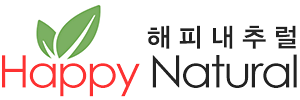
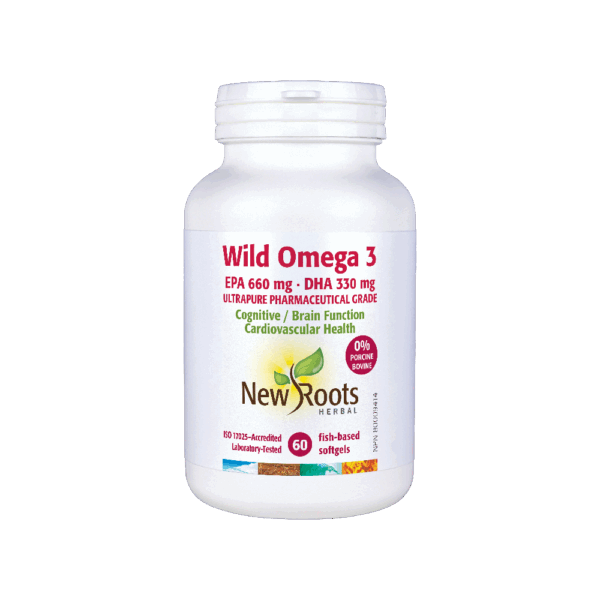
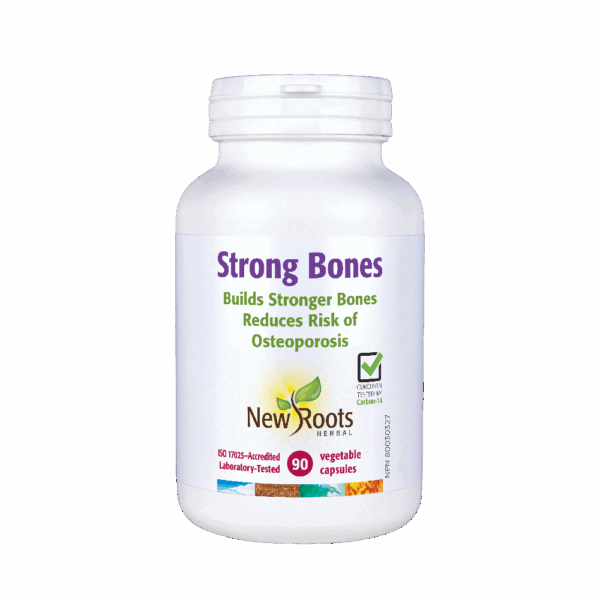
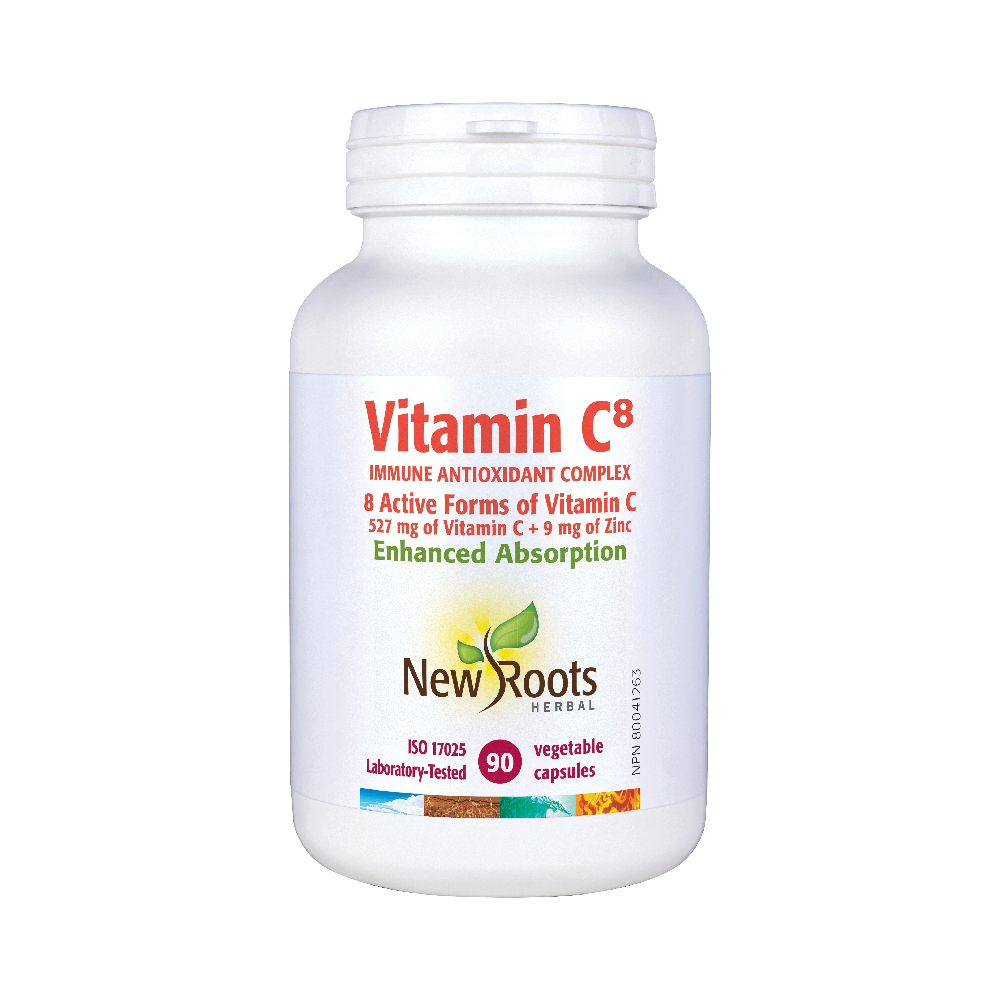
 If you purchase this product you will earn
If you purchase this product you will earn 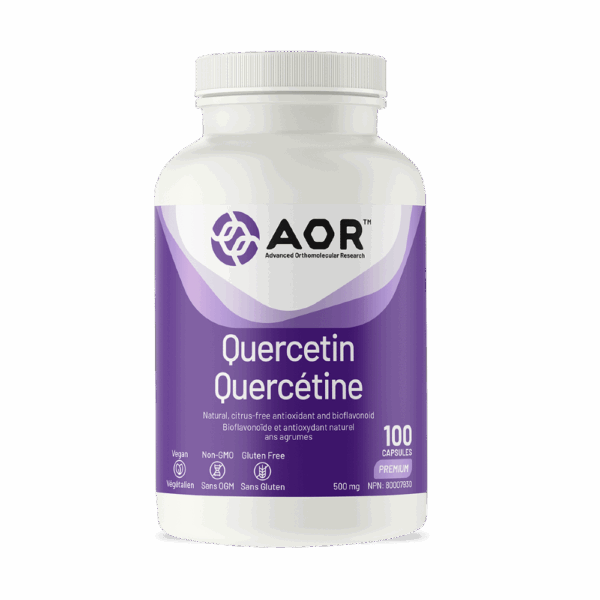
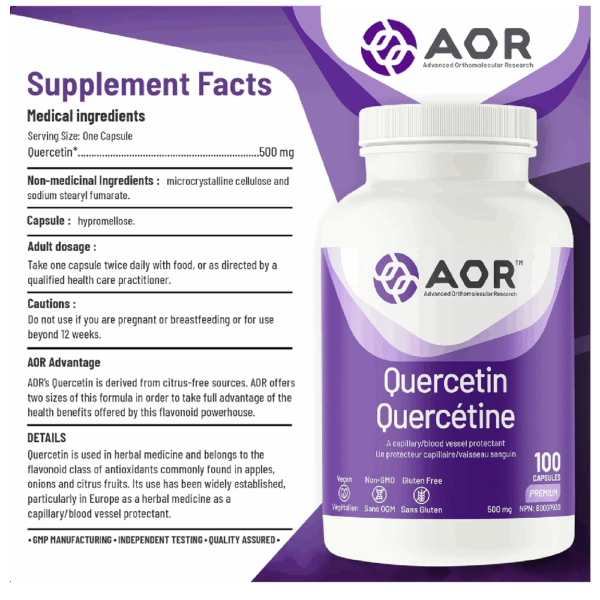

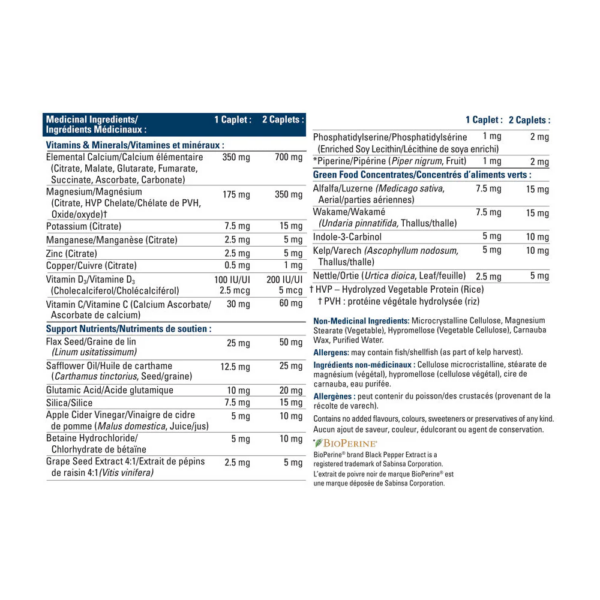
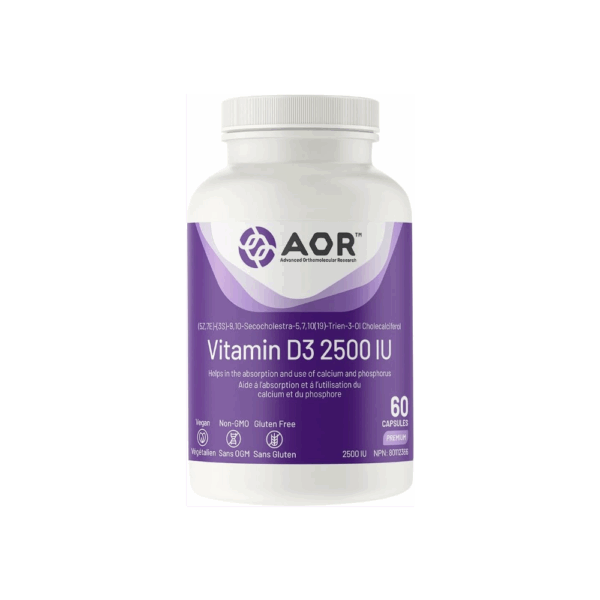
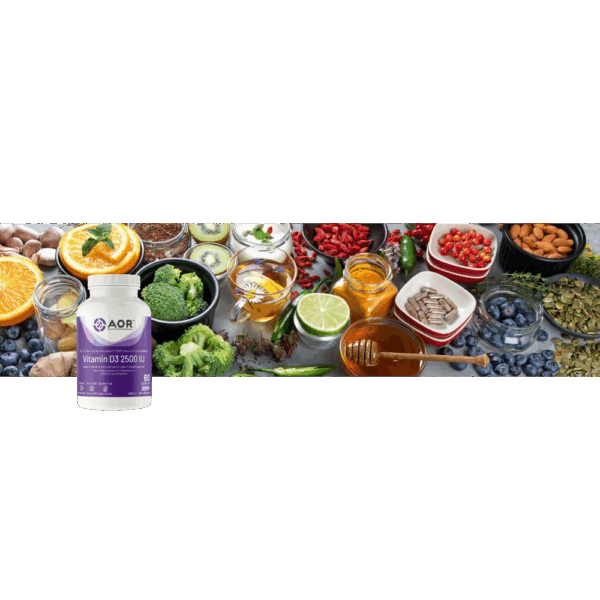
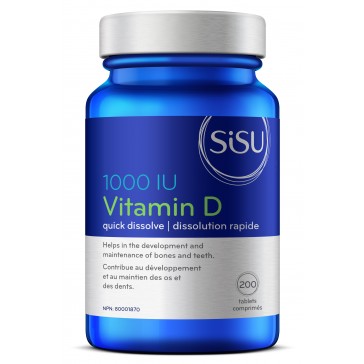
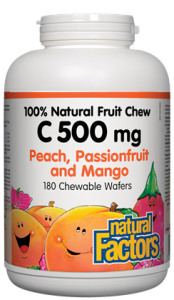
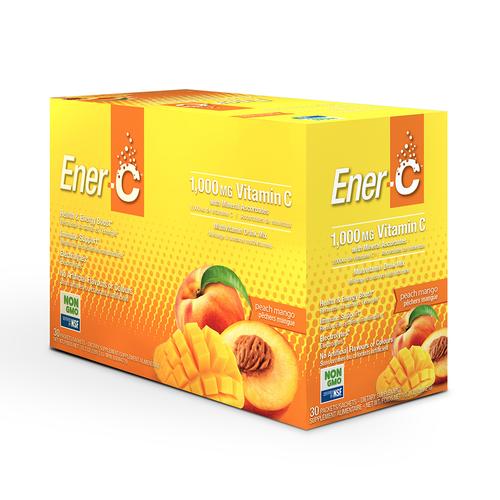
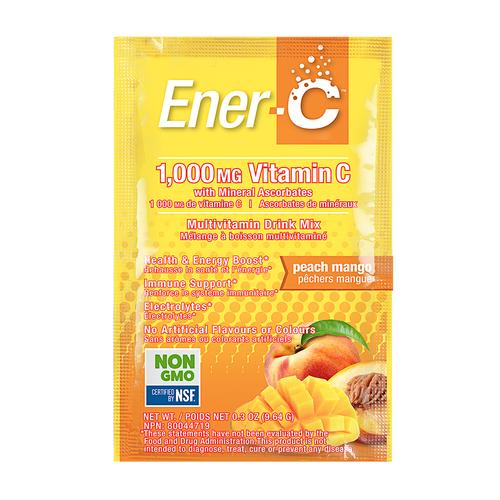
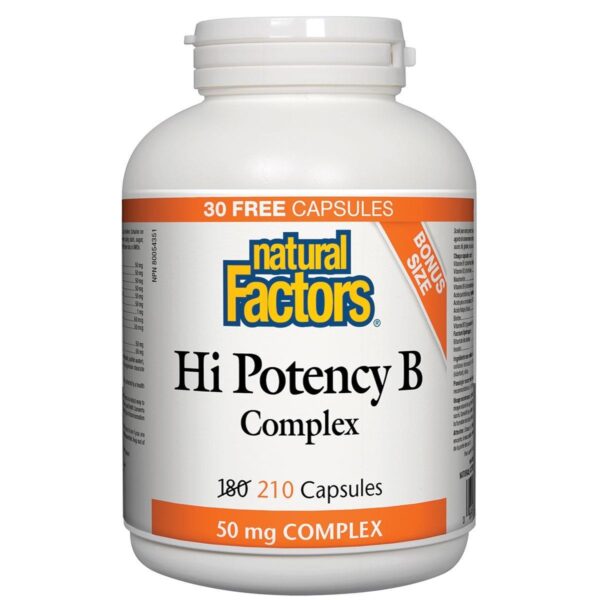

Reviews
There are no reviews yet.